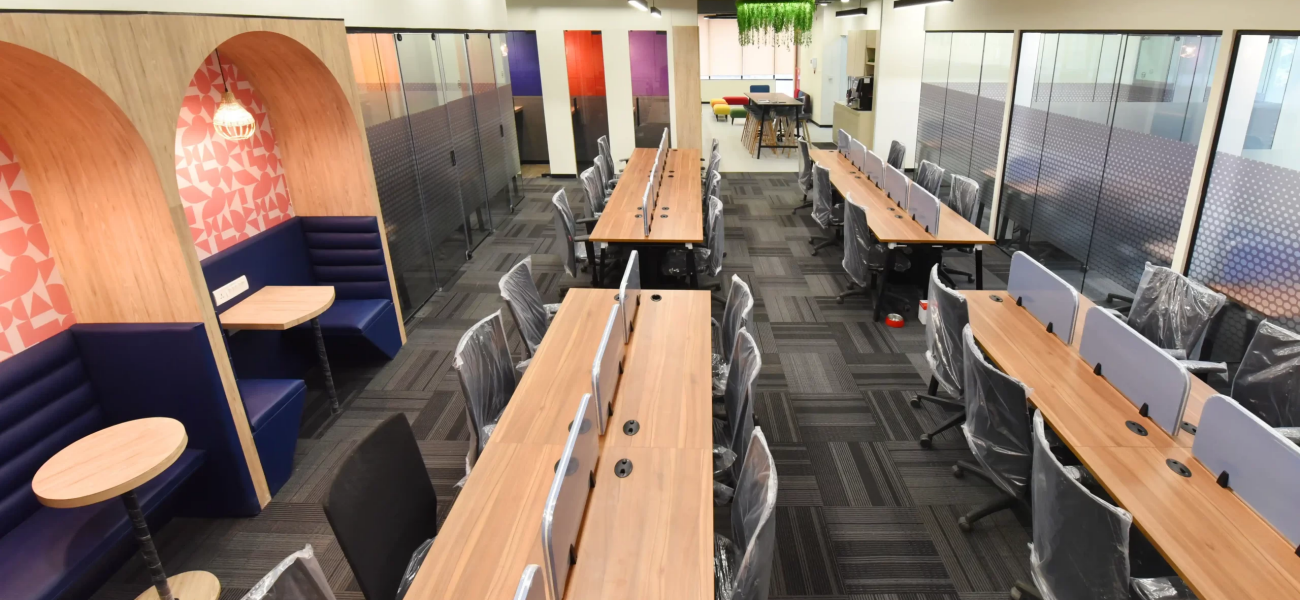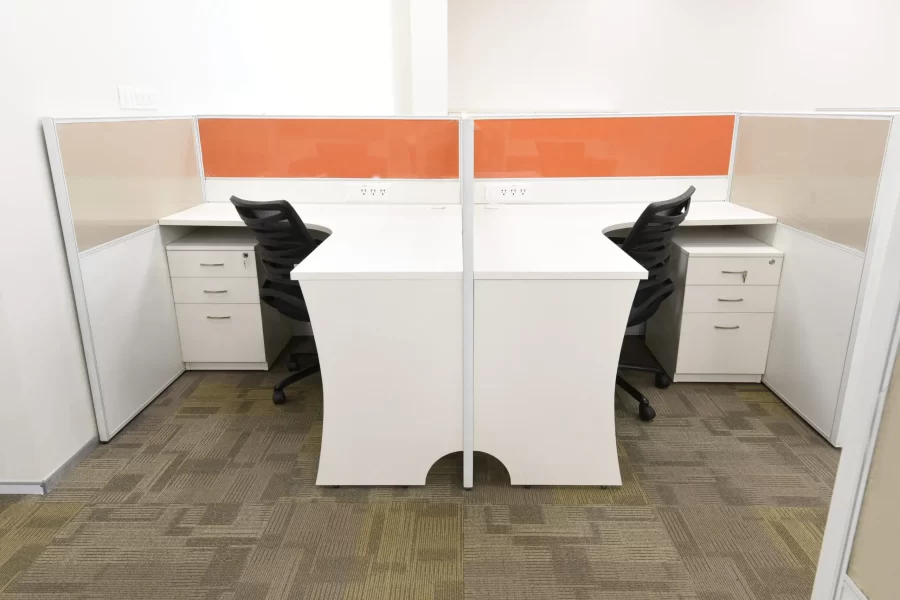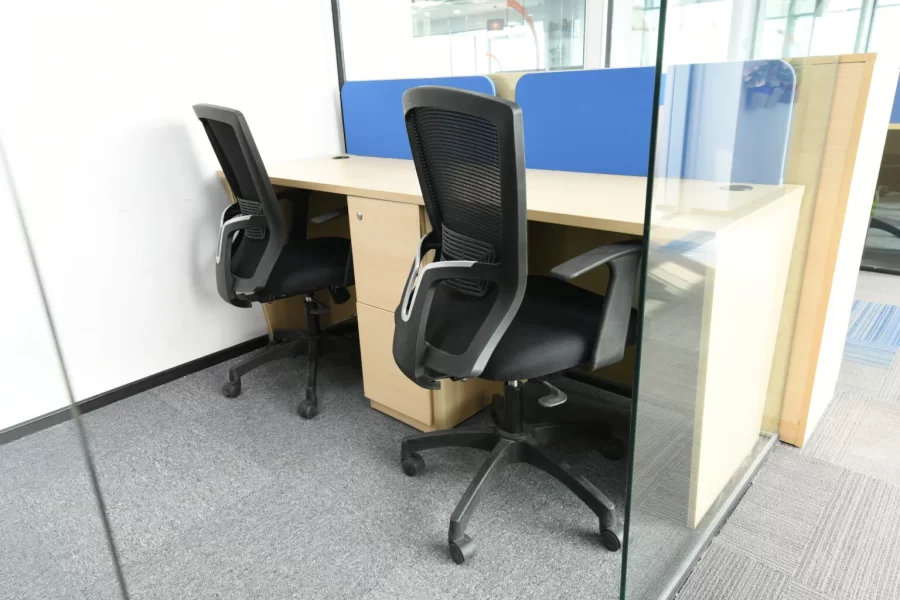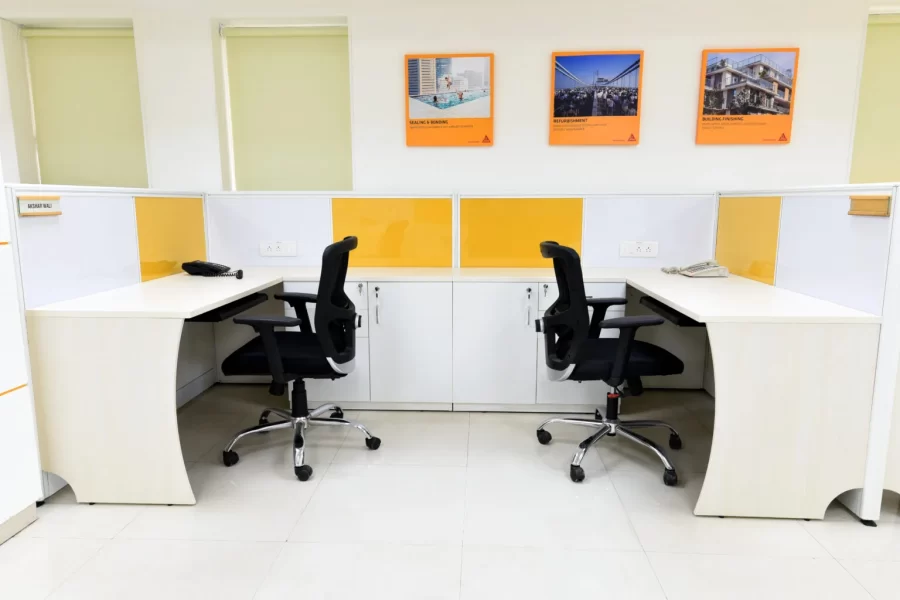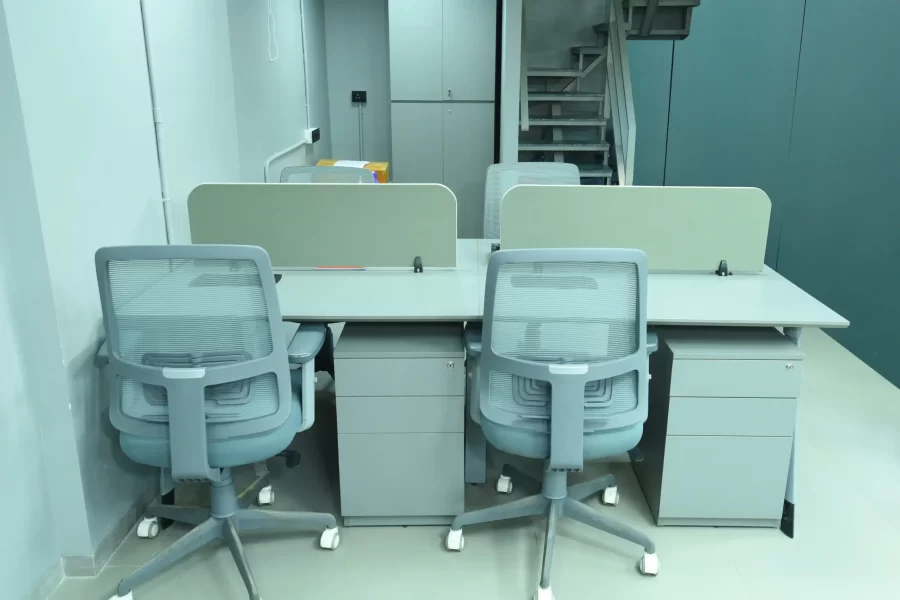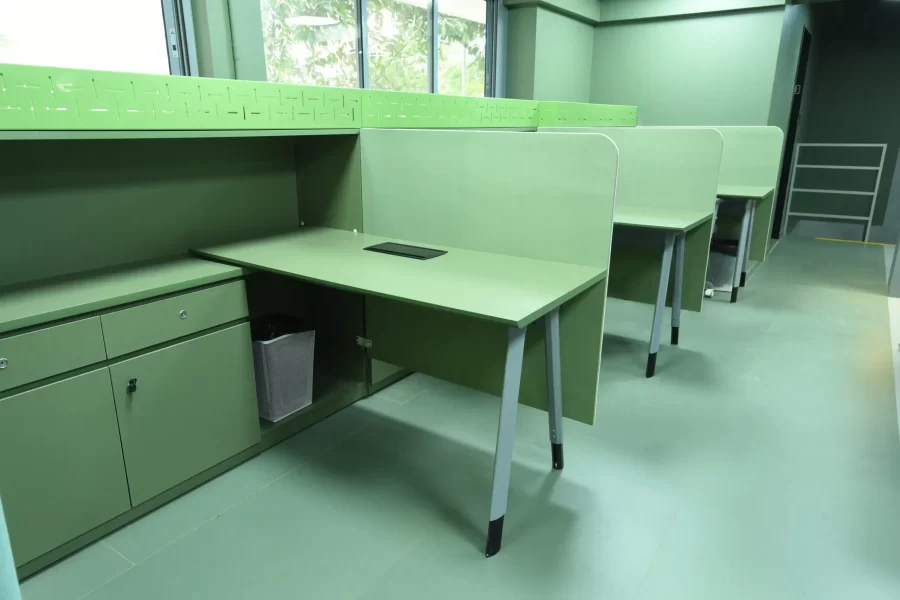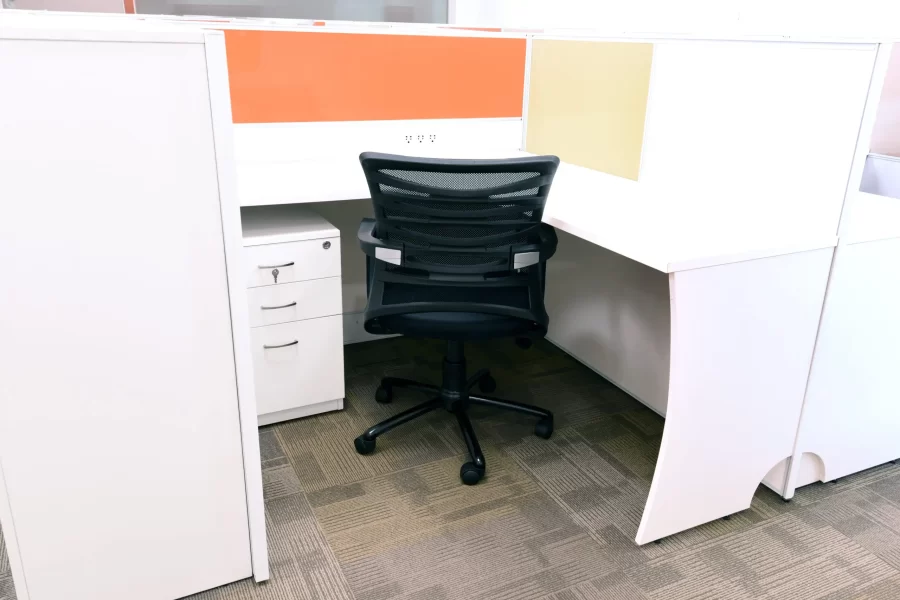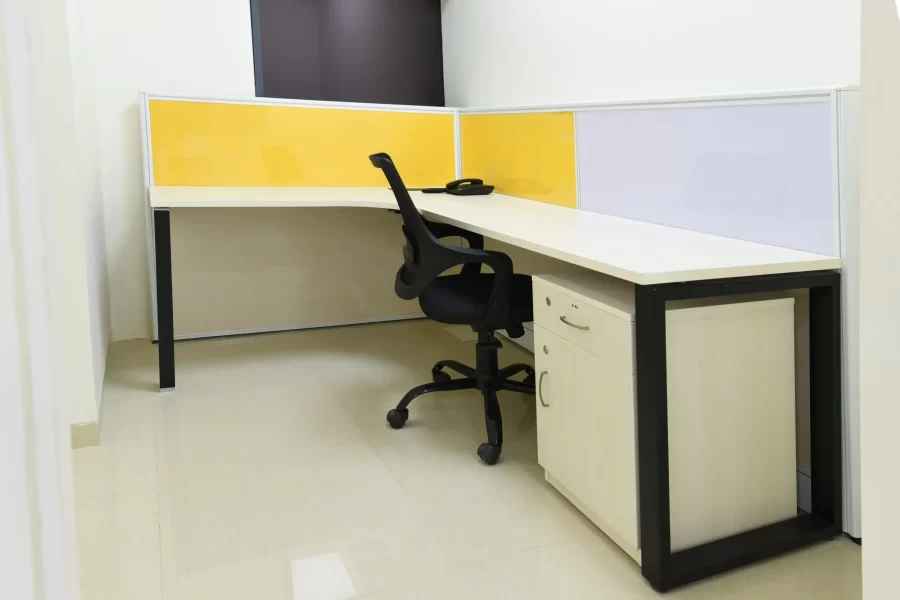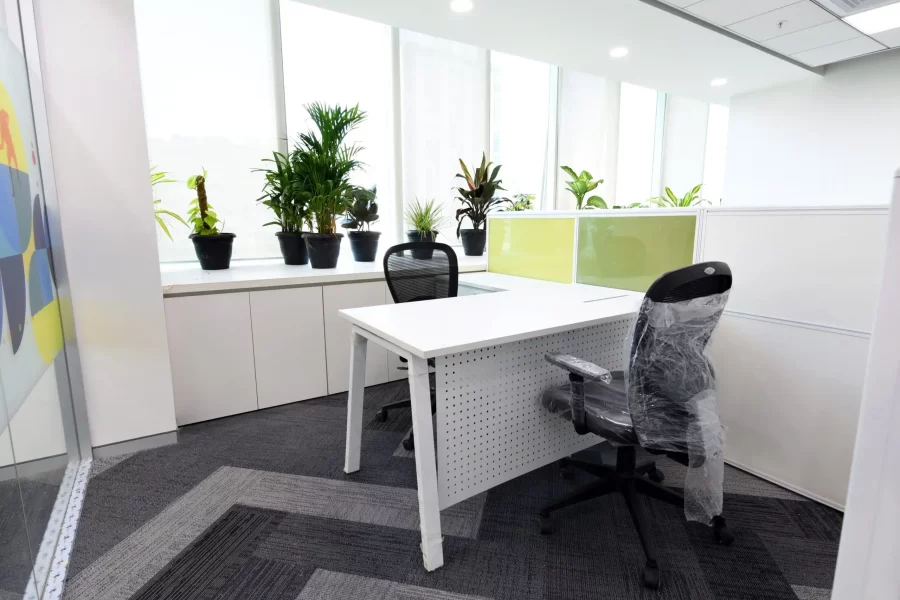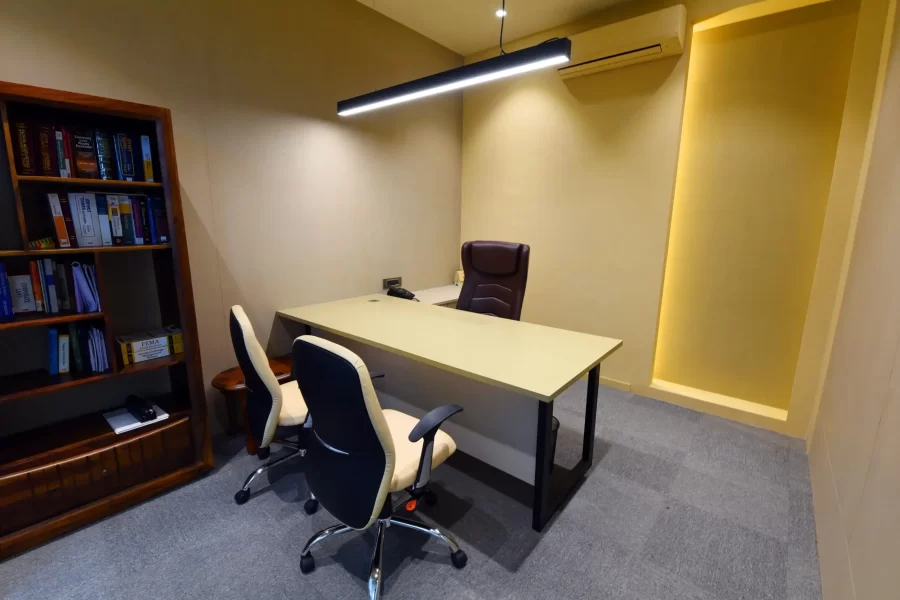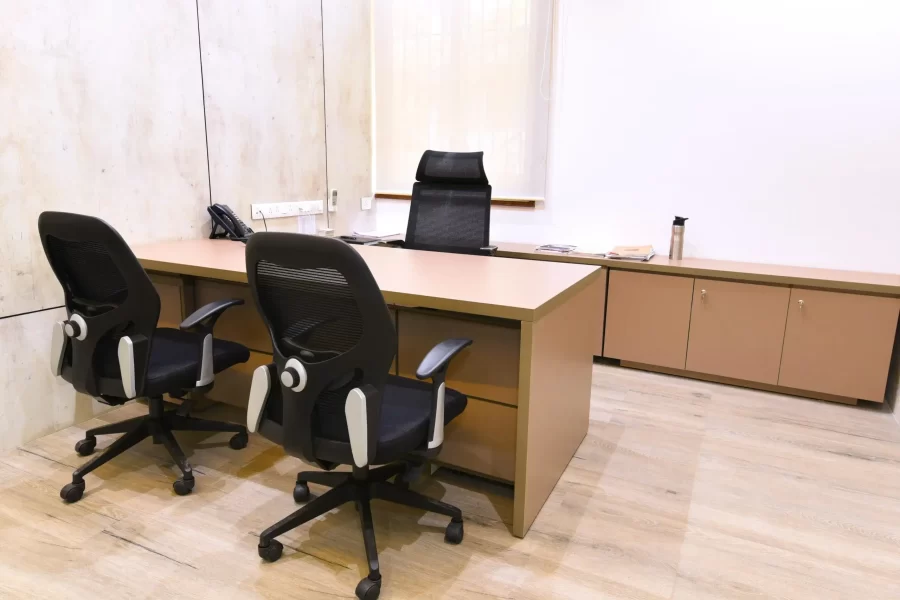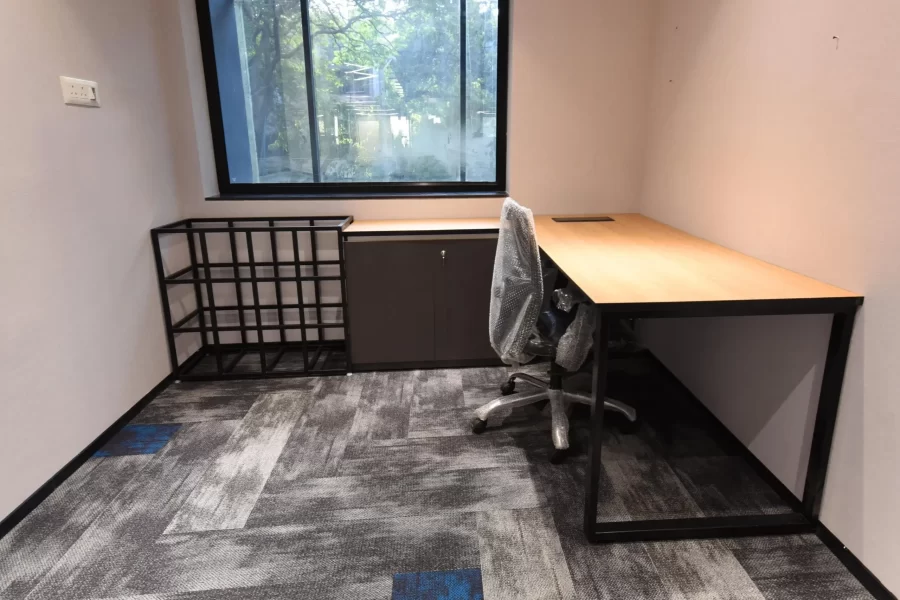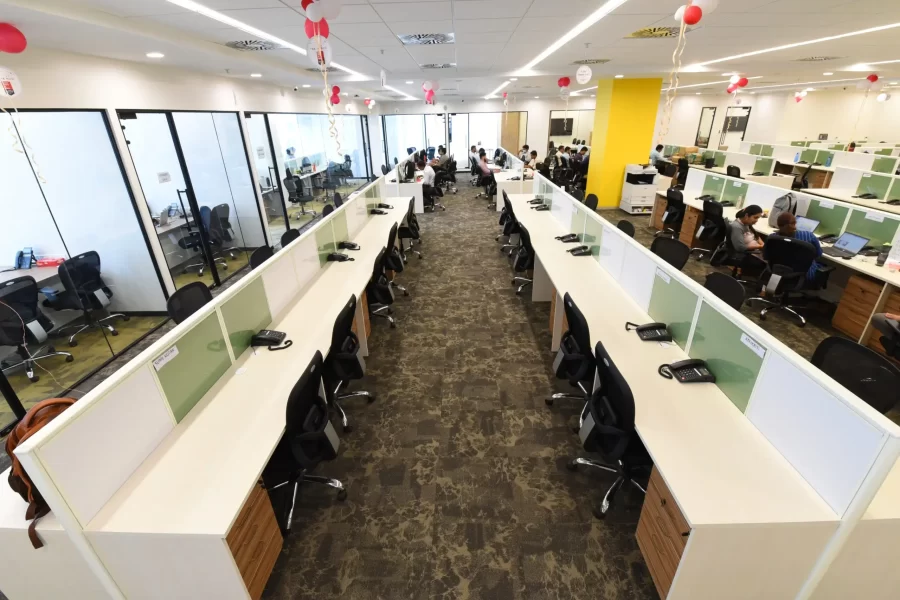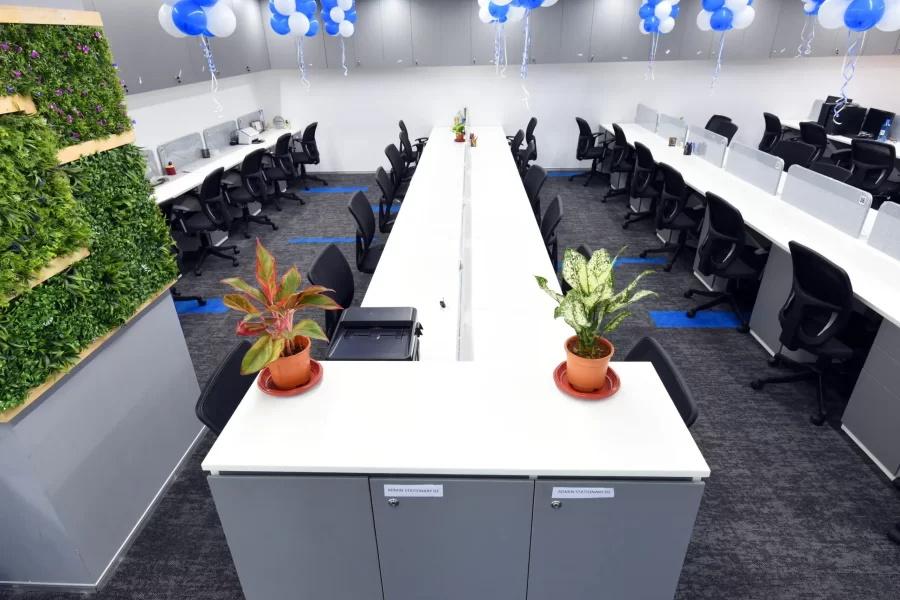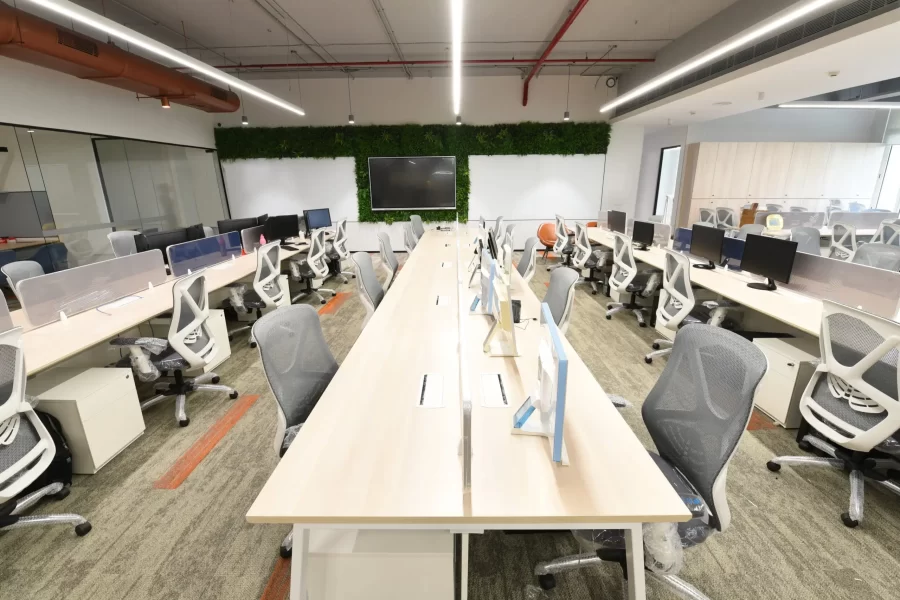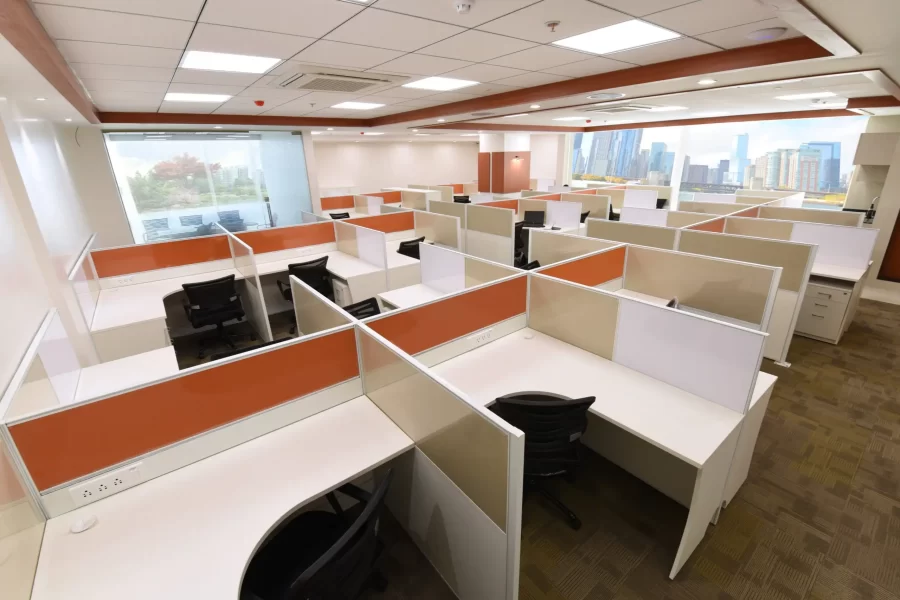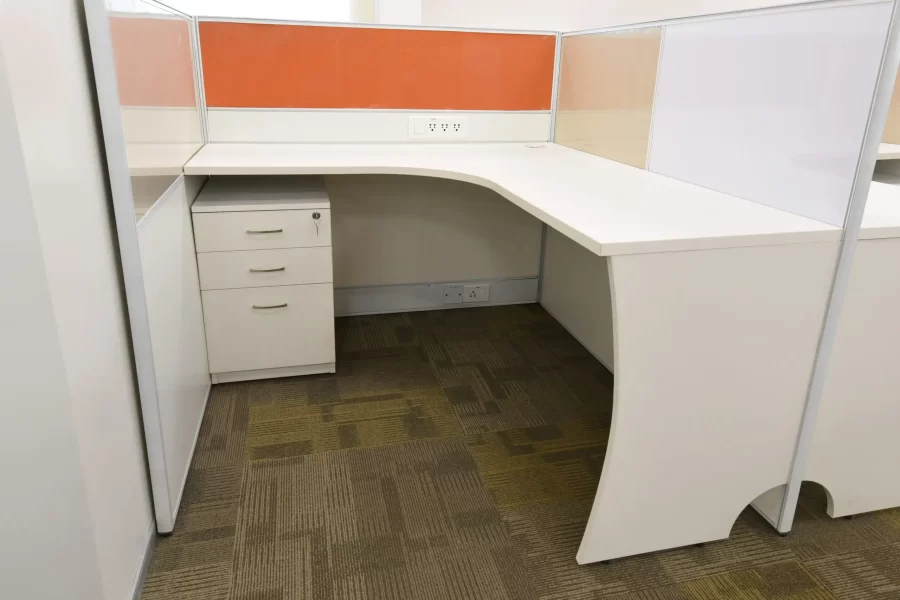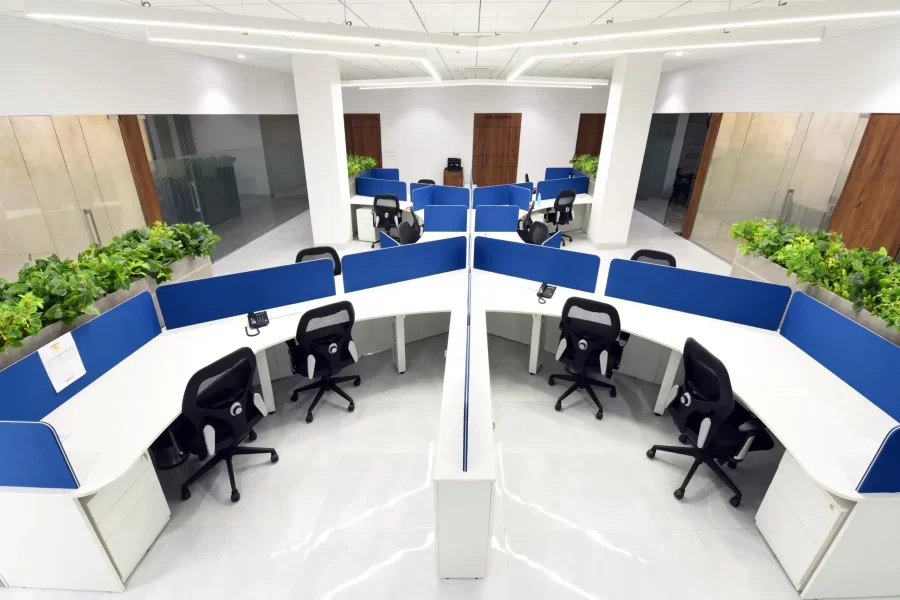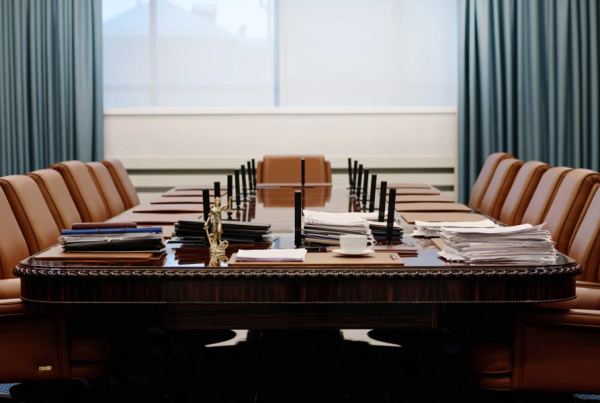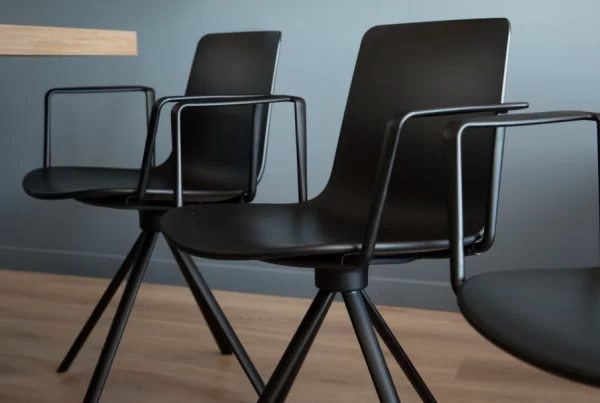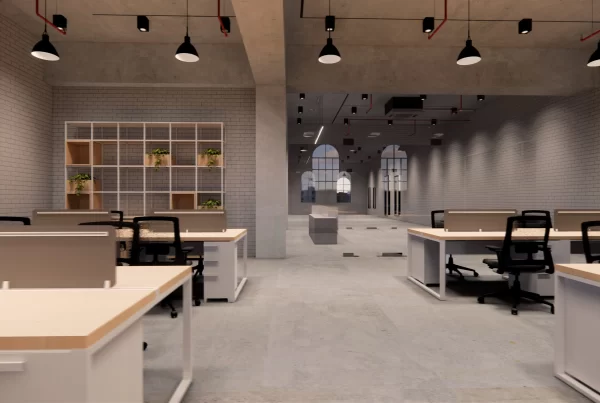One of the most essential elements of a productive workplace design is a workstation. The size, shape, and overall theme of your workstations should all be customized to meet the unique requirements of your office.
Now let’s see the factors to consider:
What are the factors to consider while considering workstation furniture design for modular workstation design to Linear Workstations?
Office Space: The type and layout of your workstations will depend on the available space.
Nature of work: The type of work you do will determine how much privacy and teamwork you need.
Theme: Workstation design should be in line with the general design theme of your office.
Types of Workstations:
- 2-Seating Partition Workstation
- Single Seating Workstation
- Cabin Workstation
- Linear Workstations
- Curvy Linear Workstations
2-Seating Partition Workstation
A 2-Seating Partition Workstation accommodates two employees. It gives a sense of privacy and separation. This workstation with a central partition separates the individual workspaces and still allows interaction with teammates. This workstation is ideal for open-plan offices for teamwork and communication.
Single Seating Workstation
Single seating modern office workstations are either installed inside a cabin or even if it is on the floor with the other employees, it is placed in corners of the working floor. This is a pattern which is built for the use of just 1 employee and have enough storage or even a glass partition to the desk to get complete privacy and silence while working. Again, this pattern of workstation office furniture is made for even higher level management.
Cabin Workstation
Cabin workstation desk with a standalone desk designed for individual use. It offers privacy and a focused work environment that makes it best suitable for tasks that require concentration. It also provides adjustable height and storage options to meet specific requirements.
Desk, chairs, drawers, and ergonomic features add comfort to employees working long hours. Compact designs and cable management help keep the space organized and clutter-free.
Linear Pattern
This is a most common and highly used pattern of office workstation furniture. This pattern means the work stations are placed at regular intervals on a single and straight workstation unit, in a single line. There can be many workstations ranging from 3 to 20+ in a linear workstation, Call centers or BPO offices have such patterns of workstations are they have to seat their employees in a single line and the manager can be placed at the ends of the line. He or she can see the entire row in one glance and help with problem solving. Here each individual gets his or her space but with 2 employees seated on either side. This pattern is good when you have large halls in your work space and need to seat a large number of employees. This pattern also reduces the cost in wiring the workstations and hence is economical on the budget.
Curvy Linear Workstations
Modular workstations can also be made in right angles. Here the pattern followed is when each employee is seating at right angles from one another. There can be clusters of 4 workstations and each one is divided with partitions. Each employee gets a corner and hence can be seen by other 3 employees on when they stand up. This kind of pattern is very useful when each employee needs his or her individual private working space but the office does not have enough space to build cabins or cubicles for them. Large companies where there are a lot of higher level management employees, each individual cannot be given his or her cubicle, that is where the managerial staff would usually get such work stations on the working floor. There is an advantage, the manager can be placed near to where his team is working and hence is more approachable to the team. Modular office workstations built in this way can seat 4 employees at a time.

